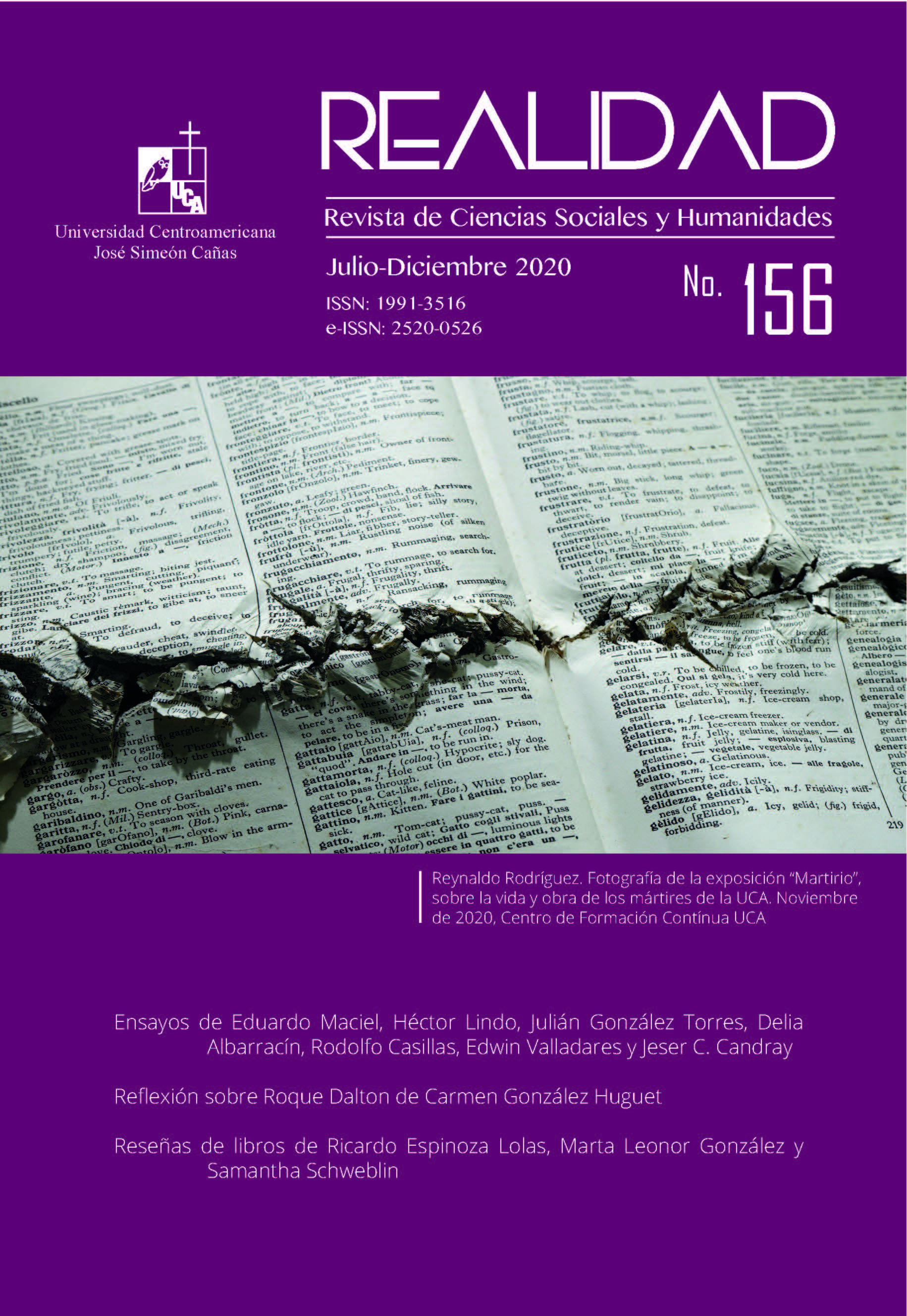Abstract
From 2000 to 2017, refugees and asylum flows have fluctuated greatly, generating ripple effects in countries, regions, and entire continents. These effects are felt deeply in countries of origin, as well as countries of destination and transit. From 2000 to 2017, the period that this article will be examining, Canada and the United States were the largest recipients of asylum requests in North America. Mexico received a growing number of requests, although to a lesser extent than its neighbors to the North. The following analysis situates refugee and asylum rates on a regional and global scale and invites us to examine and compare how the official discourse conforms to the actual policies that have been adopted in Central and North America, as well as examines interventions and frameworks for action that could promote both solidarity and public order.
Realidad: Revista de Ciencias Sociales y Humanidades No. 156, 2020: 139-163

This work is licensed under a Creative Commons Attribution-NonCommercial 4.0 International License.
Copyright (c) 2020 Rodolfo Casillas R.





